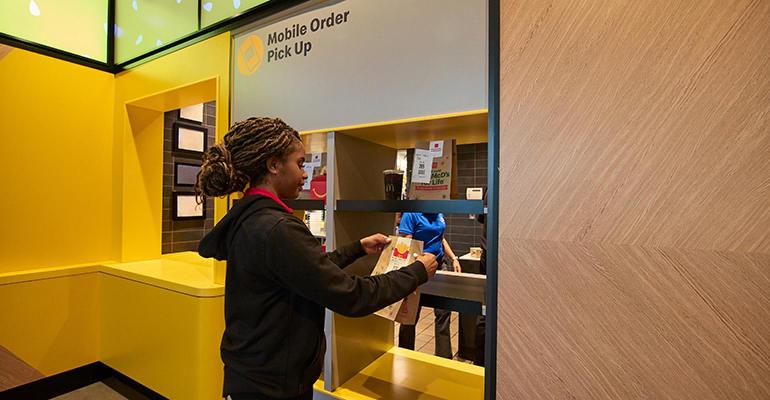What’s the business environment like now, with more than a month of 2023 under our belts?
Well, CEOs in general are gaining more optimism. According to the Conference Board Measure of CEO Confidence, in collaboration with the Business Council, their confidence level is 43, up from 32 in December. It’s not great, but it’s moving in the right direction.
Same can be said about small business owners. Many of them are finding more labor after struggling with shortages for the past several years. According to a recent Paychex study, small businesses are 41% more likely to say they’ve recovered from the “Great Resignation” than large businesses. Further, IOU Financial, an online lender to small businesses, finds that 88% of small business owners have a positive outlook for 2023, and rent delinquency rates for small business owners improved remarkably from December to January. We’ll count those as wins.
Consumers, however? Let’s just say it’s complicated. Unemployment is at a historically low level, wages are at historically high levels, but consumers have begun trading down, nonetheless – illustrating they have some simmering anxiety about what is happening or what’s to come. At least, that’s the gist from the first two weeks of public restaurant earnings calls – a solid indicator of consumer confidence given the industry’s ubiquity and discretionary position.
Consider quick-service giants McDonald’s and Yum Brands as examples. Those companies tend to have lower price points than their fast casual and casual dining peers and attract value-conscious consumers accordingly. Both companies reported robust Q4 earnings.
“We’re still seeing the consumer is resilient and it plays to our strengths as a system in terms of being well positioned on value,” McDonald’s CEO Chris Kempczinski said during the company’s earnings call Jan. 31. “Overall, the consumer is actually holding up better than what we would have probably expected a year ago or six months ago.”
Yum Brands CEO David Gibbs noted his company is seeing “a little” trade down into its brands, which include Taco Bell, KFC, Pizza Hut and The Habit Burger Grill.
“We are seeing some increase in our higher-frequency customers -- or higher income customers coming more frequently. And some of that is no doubt due to trade down into our brands. On the lower end, we're not seeing the low-income consumer drop out of our business. What we're seeing is probably a little bit more focus on value,” Gibbs said during the company’s earnings call Feb. 8.
He added that Yum’s brands are “perfectly positioned to deliver” in this type of environment, pointing to Taco Bell’s Cravings Menu, Pizza Hut’s new Melts and KFC’s new two-for-$5 wraps as examples. “We like the environment we’re in,” he said.
Some of Yum’s and McDonald’s trade down consumers may be coming from Chipotle, which reported a “tough” fourth quarter that included a 4% decline in transactions. By comparison, Kempczinski said McDonald’s has experienced “strong traffic growth.”
Consumers are also likely trading down from casual dining. Brinker International reported a traffic decline of 7.6% at its Chili’s concept, for instance, and it’s not unique in its segment. Data from Placer.ai emailed to Nation’s Restaurant News also finds high-single-digit and double-digit traffic declines throughout the past several months at casual dining concepts like Bonefish Grill, Fleming’s Prime Steakhouse and Wine Bar, Outback Steakhouse, Olive Garden and Applebee’s
Perhaps the strongest indicator that consumers are tightening their belts a bit? Chipotle’s delivery orders dropped by 15% last quarter, and we all know by now that delivery is costlier than dine-in or pickup.
All of this to say QSR is well positioned, just as it’s been through previous economic downturns. That’s not to say, however, that QSR consumers are spending willy-nilly. Kempczinski said McDonald’s low-end consumers’ units-per-transaction are down slightly; however their frequency has increased.
“I think that’s maybe something where the customer is coming in, being a little more cautious about how much they’re ordering,” he said. “They’re probably spending to an absolute dollar amount, but we’re seeing a little bit of an improvement with that low-income consumer.”
How this plays out is anyone’s guess at this point. Predictions of a recession still exist, though they have become more muted in the past several weeks with favorable job reports and cooling inflation. For now, for restaurants, the outlook looks OK, which is better than not OK. Of course, that could all swiftly change as the current market hasn’t made much sense of late.
“We expect 2023 to be a strong year for restaurants as wage and food cost inflation appear to be moderating and consumer spending remains strong,” said Ben Johnston, chief operating officer of Kapitus, which provides financing for small and medium sized businesses. “However, should unemployment rise, and the country enter a recession, restaurants would likely be one of the first industries to feel the impact of a reduction in consumer spending.”
We may be witnessing early innings of that reduction with the trade down activity into QSRs. Of course, there is one anomaly. Starbucks consumers aren’t reining in their (inarguably discretionary) Grande Caramel Ribbon Crunch Frappuccino spending. The company experienced both traffic and ticket gains during its most recent quarter, with traffic at its peak dayparts in line with 2019 levels.
We may have a clearer picture of consumer confidence at the end of this month once we get more results from full-service brands. Then again, nothing’s really been clear about this economy, and we probably shouldn’t expect that to change anytime soon.
Contact Alicia Kelso at [email protected]

